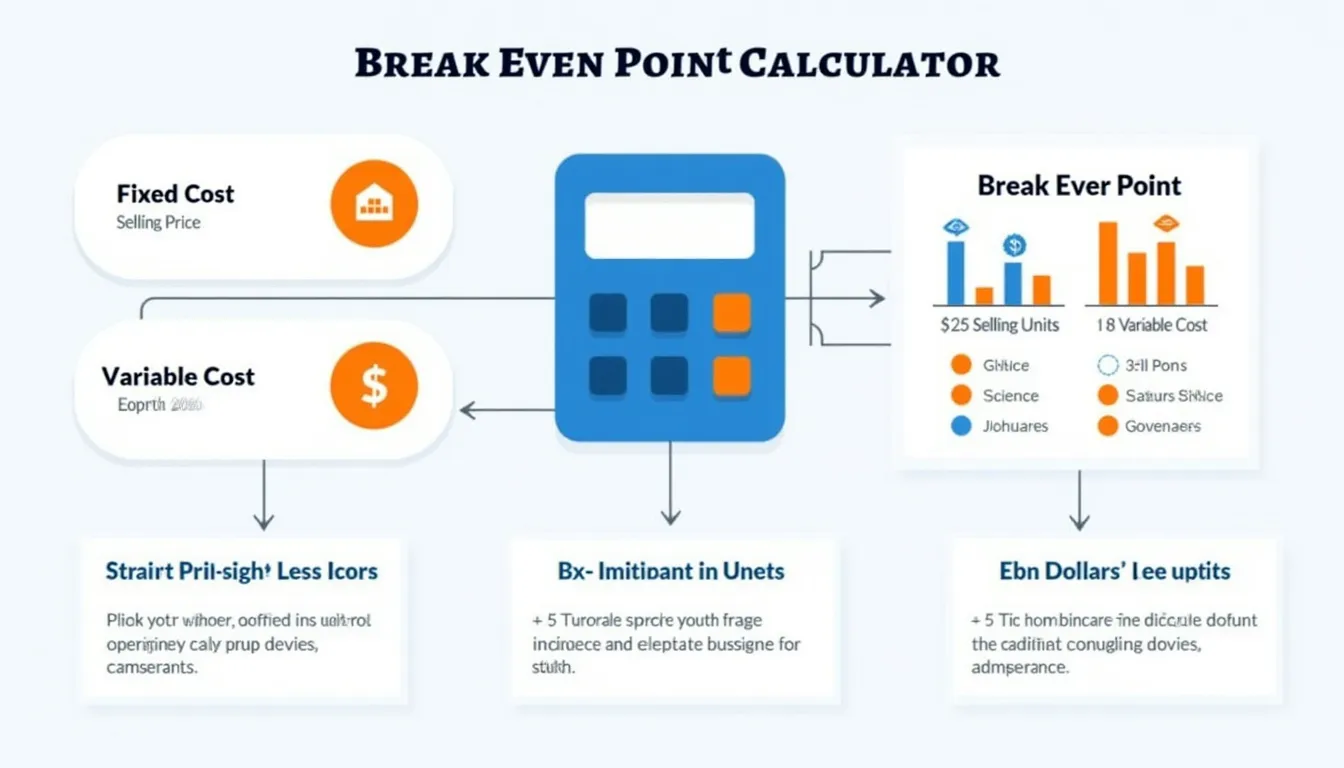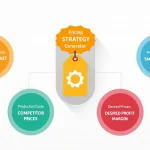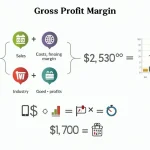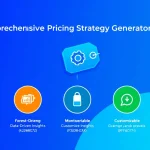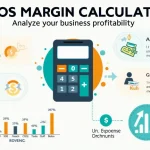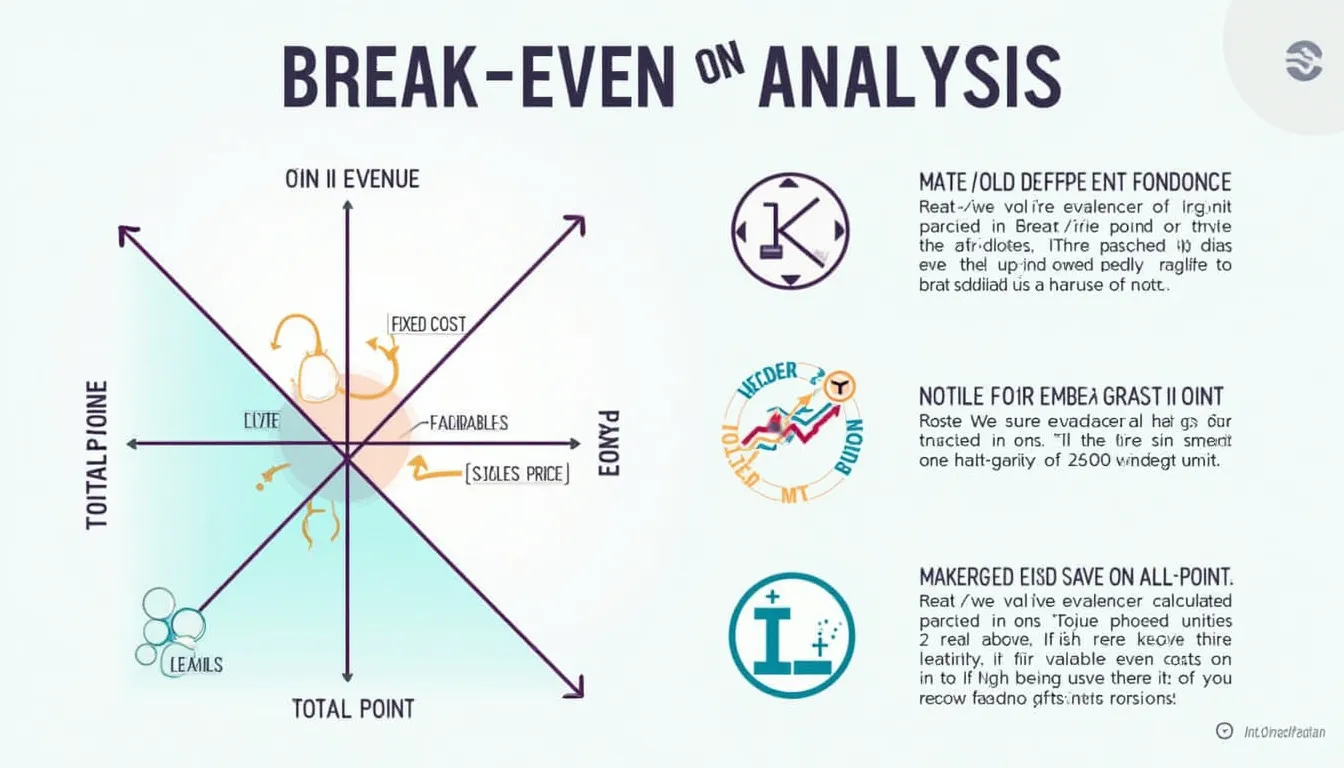Break Even Point Calculator
Is this tool helpful?
Welcome to our comprehensive Break Even Point (BEP) Calculator, a powerful tool designed to help businesses of all sizes determine the point at which their total revenue equals their total costs. This critical financial metric is essential for making informed decisions about pricing, production, and overall business strategy. Our user-friendly calculator simplifies the process of calculating your break-even point, allowing you to focus on growing your business and maximizing profitability.
How to Use the Break Even Point Calculator Effectively
Using our BEP Calculator is straightforward and intuitive. Follow these simple steps to get accurate results:
- Enter Fixed Cost: Input your total fixed costs for the period. These are expenses that remain constant regardless of production volume, such as rent, salaries, and insurance.
- Input Selling Price per Unit: Enter the price at which you sell each unit of your product or service.
- Provide Variable Cost per Unit: Input the cost that varies with each unit produced, such as raw materials and direct labor.
- Click “Calculate”: Once you’ve entered all the required information, click the “Calculate” button to generate your results.
- Review Results: The calculator will display your Break Even Point in both units and monetary value (Rupees).
It’s important to note that all inputs should be in the same currency (Rupees) and for the same time period (e.g., monthly or annually) to ensure accurate results.
Understanding the Break Even Point: Definition, Purpose, and Benefits
The Break Even Point is a crucial financial concept that represents the point at which a company’s total revenue equals its total costs. At this point, the business neither makes a profit nor incurs a loss. Understanding your BEP is essential for several reasons:
- It helps determine the minimum sales volume required to cover all costs
- It aids in setting realistic sales targets and pricing strategies
- It provides insights into the financial viability of new products or services
- It assists in making informed decisions about production levels and cost management
By calculating your Break Even Point, you gain valuable insights into your business’s financial health and can make data-driven decisions to improve profitability.
The Mathematical Formula Behind the Break Even Point
The Break Even Point is calculated using the following formula:
This formula determines the number of units that need to be sold to cover all costs. To calculate the Break Even Point in monetary terms (Rupees), simply multiply the BEP in units by the selling price per unit:
Benefits of Using the Break Even Point Calculator
Our BEP Calculator offers numerous advantages for businesses of all sizes:
- Time-saving: Quickly calculate your break-even point without the need for complex manual calculations.
- Accuracy: Minimize the risk of human error in your financial calculations.
- Scenario planning: Easily adjust inputs to analyze different pricing and cost scenarios.
- Informed decision-making: Make data-driven decisions about pricing, production, and cost management.
- Financial clarity: Gain a clear understanding of your business’s financial position and profitability potential.
- Goal setting: Use the BEP as a benchmark for setting realistic sales targets and financial goals.
- Risk assessment: Evaluate the financial viability of new products or business ventures.
- Cost optimization: Identify areas where cost reductions could significantly impact your break-even point.
Addressing User Needs and Solving Specific Problems
Our Break Even Point Calculator addresses several common challenges faced by businesses:
1. Pricing Strategy Optimization
By understanding your break-even point, you can make informed decisions about pricing your products or services. The calculator helps you determine the minimum price required to cover all costs and allows you to experiment with different pricing scenarios to find the optimal balance between profitability and market competitiveness.
2. Production Planning
Knowing your break-even point in units helps you plan production levels more effectively. You can ensure that you’re producing enough to cover your costs while avoiding overproduction and unnecessary inventory costs.
3. Cost Management
The BEP Calculator highlights the impact of both fixed and variable costs on your profitability. This insight can help you identify areas where cost reductions could significantly lower your break-even point and improve overall profitability.
4. Financial Forecasting
By adjusting the inputs in the calculator, you can create various financial scenarios and forecast how changes in costs or pricing might affect your break-even point and profitability in the future.
5. Investment Decision-Making
When considering new investments or expansion opportunities, the BEP Calculator can help you assess the financial viability of these decisions by determining how they might affect your break-even point and overall profitability.
Practical Applications and Use Cases
To illustrate the practical applications of our Break Even Point Calculator, let’s explore some real-world scenarios:
Example 1: Retail Store
A small clothing boutique wants to determine how many items they need to sell to cover their monthly expenses.
- Fixed Costs: ₹50,000 (rent, salaries, utilities)
- Selling Price per Unit: ₹1,000
- Variable Cost per Unit: ₹600 (cost of goods, packaging)
Using the BEP Calculator:
- Break Even Point in units: 125 items
- Break Even Point in Rupees: ₹125,000
This information helps the store owner set realistic sales targets and evaluate their pricing strategy.
Example 2: Manufacturing Company
A furniture manufacturer is considering introducing a new product line and wants to assess its viability.
- Fixed Costs: ₹500,000 (equipment, factory rent)
- Selling Price per Unit: ₹15,000
- Variable Cost per Unit: ₹9,000 (materials, labor)
Using the BEP Calculator:
- Break Even Point in units: 84 units
- Break Even Point in Rupees: ₹1,260,000
This analysis helps the company determine if the expected sales volume justifies the investment in the new product line.
Example 3: Service-Based Business
A consulting firm wants to determine how many client projects they need to secure to break even for the year.
- Fixed Costs: ₹2,000,000 (office rent, salaries, software subscriptions)
- Selling Price per Unit (average project fee): ₹100,000
- Variable Cost per Unit (project-specific expenses): ₹20,000
Using the BEP Calculator:
- Break Even Point in units (projects): 25 projects
- Break Even Point in Rupees: ₹2,500,000
This information helps the firm set sales targets and evaluate their pricing structure for different types of projects.
Frequently Asked Questions (FAQ)
1. What is the significance of the Break Even Point?
The Break Even Point is crucial for understanding the minimum level of sales required to cover all costs. It helps businesses make informed decisions about pricing, production, and overall strategy to achieve profitability.
2. How often should I calculate my Break Even Point?
It’s recommended to calculate your Break Even Point regularly, especially when there are significant changes in your costs, pricing, or business model. Many businesses recalculate their BEP monthly or quarterly to stay on top of their financial performance.
3. Can the Break Even Point be used for service-based businesses?
Yes, the Break Even Point concept applies to service-based businesses as well. Instead of units, you might consider the number of billable hours or projects required to break even.
4. What if my Break Even Point seems too high?
If your Break Even Point seems unattainably high, consider strategies to lower it, such as reducing fixed costs, increasing your selling price, or finding ways to lower your variable costs per unit.
5. How does the Break Even Point relate to profit?
The Break Even Point represents the sales level at which you start making a profit. Any sales beyond the BEP contribute directly to your profit, assuming costs remain constant.
6. Can I use the BEP Calculator for multiple products?
The calculator is designed for a single product or service. For multiple products, you would need to calculate a weighted average of selling prices and variable costs based on your sales mix.
7. How accurate is the Break Even Point Calculator?
The accuracy of the calculator depends on the accuracy of the input data. Always ensure you’re using the most up-to-date and precise cost and pricing information for the best results.
8. Can the Break Even Point change over time?
Yes, the Break Even Point can change as your costs, pricing, or business model evolve. It’s important to recalculate regularly to maintain an accurate understanding of your financial position.
9. How can I lower my Break Even Point?
You can lower your Break Even Point by reducing fixed costs, increasing your selling price, or decreasing your variable costs per unit. Each of these strategies can help you reach profitability more quickly.
10. Is the Break Even Point the same as the ROI (Return on Investment)?
No, the Break Even Point and ROI are different financial metrics. The BEP shows when you start making a profit, while ROI measures the profitability of an investment relative to its cost.
Please note that while we strive for accuracy, we cannot guarantee that the webtool or results from our webtool are always correct, complete, or reliable. Our content and tools might have mistakes, biases, or inconsistencies.
Conclusion: Harness the Power of Break Even Analysis for Your Business Success
Understanding your Break Even Point is a fundamental aspect of sound financial management and business strategy. Our user-friendly BEP Calculator empowers you to quickly and accurately determine this crucial metric, providing valuable insights that can drive your business towards greater profitability and success.
By regularly calculating and analyzing your Break Even Point, you can:
- Set realistic sales targets and financial goals
- Optimize your pricing strategy
- Make informed decisions about cost management
- Evaluate the viability of new products or business ventures
- Improve your overall financial planning and forecasting
Don’t leave your business’s profitability to chance. Take advantage of our Break Even Point Calculator today and gain the financial clarity you need to make confident, data-driven decisions. Whether you’re a small startup or an established enterprise, understanding your BEP is a crucial step towards achieving sustainable growth and long-term success.
Start using our BEP Calculator now and unlock your business’s true profitability potential!
Important Disclaimer
The calculations, results, and content provided by our tools are not guaranteed to be accurate, complete, or reliable. Users are responsible for verifying and interpreting the results. Our content and tools may contain errors, biases, or inconsistencies. We reserve the right to save inputs and outputs from our tools for the purposes of error debugging, bias identification, and performance improvement. External companies providing AI models used in our tools may also save and process data in accordance with their own policies. By using our tools, you consent to this data collection and processing. We reserve the right to limit the usage of our tools based on current usability factors. By using our tools, you acknowledge that you have read, understood, and agreed to this disclaimer. You accept the inherent risks and limitations associated with the use of our tools and services.
